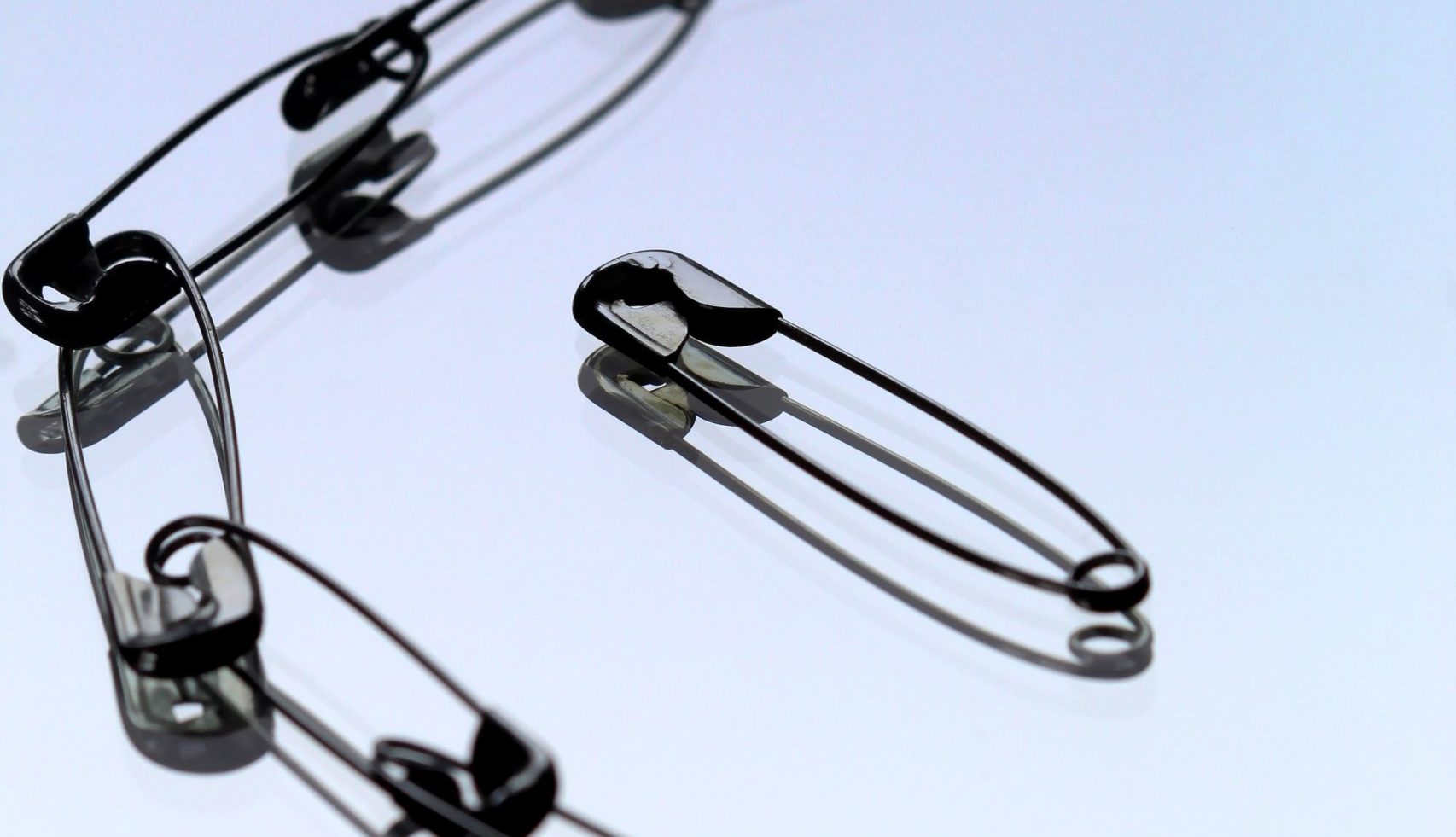 David Zigmond served as an NHS Psychiatrist and GP Principal for more than 40 years. He currently serves on the executive committee for Doctors for the NHS.
David Zigmond served as an NHS Psychiatrist and GP Principal for more than 40 years. He currently serves on the executive committee for Doctors for the NHS.There is a current plan to remedy the growing problem of shortage of doctors who are now overstressed and clearly unhappy: to delegate some of their tasks to much lesser-trained physician associates (PAs).
Will this help overall? Or will it further fragment and alienate our already ailing healthcare?
The government’s plan to increase the role of PAs as frontline NHS Practitioners can seem, at first sight, both plausible and practical. So what do the authorities promise us? That offloading much of the doctors’ work to faster-trained, so more numerous and lesser paid healthcarers (PAs) will both save money and free up doctors to concentrate better on their more skilled work. Quicker service for patients; gains in quality and safety.
But these plans will be undone by several oversights and mistaken assumptions. What are these? And what are their consequences?
My view is largely from general practice.
- The integrity of primary care triage
Employing lower skilled healthcarers at the ‘diagnostic front door’ of general practice will not save money, resources, professional time or efficiently – it produces the opposite.
The current trend and plan is that GP presentations will be increasingly triaged by either a PA or care navigator, thus deflecting initial diagnostic sorting away from doctors. Doctors would only then be engaged with cases deemed more complex or ‘serious’.
The faulty assumption here is that initial patient consultations can be easily, speedily and accurately processed by staff who have much less depth and breadth of knowledge and experience than doctors. The underlying fiction here is that patients and their illnesses are almost always straightforward in identification, understanding, formulation and despatch. Yet experienced doctors know that such presentations are so often not straightforward: very serious conditions usually present, initially, in a way that seems commonplace and trivial. And serious-sounding symptoms can, paradoxically, be due to something very transient.
One of the central skills of primary care medical practice is to make rapid judgements which are very largely accurate in real-world situations amidst ambiguous or incomplete information, unclear communication, healthy variations and so forth. For example, complaints of abdominal or chest pain, backache, loss of appetite, headaches, tiredness and ‘no-go’ are very common in general practice: all may signify serious illness, yet most do not. How is the distinction made?
It used to be an adage that GPs protect patients from hospitals and hospitals from patients. In this way they both contained anxiety in patients and prevented overload in hospitals. There is much evidence that dual function was performed mostly very well in the era when GPs were able to provide personal continuity of care with patients who became known to them, and could thus skilfully navigate such vagaries and uncertainties. By contrast, delegation of these tasks to less skilled personnel – 111 and PAs, for example – who have less medical knowledge and unlikely to know the patient – are more prone to incognisance and error.
- Greater economies; safety assurance?
The lesser medical knowledge and lack of personal familiarity of such cost-cut, skill-pared staff therefore leads to inefficiencies of both clinical accuracy and time usage. To be ‘safe’ – very understandably – they generally react by having much less tolerance of inevitable uncertainties, risks and anxiety. This accounts for the much higher rates of urgent or emergency referrals – ambulance callouts, emergency visits, A&E consultations – initiated by such algorithm-proceduralised non-doctors. A doctor who often knows a patient and can easily arrange prompt and repeated personal follow-up is then far more competent and able accurately to assess and monitor risk and contain anxiety. This prevents the otherwise runaway over-diagnosis and over-referral, with its likely unnecessary and sometimes risky treatments: these are expensive and unsustainable consequences for the NHS, all more likely when it renders its practitioners compliant to organisational protocols yet increasingly personally unfamiliar with their patients.
What is overlooked in this scheme of PA-expansion is an important truth: greater clinical knowledge combined with personal familiarity and understanding can enable the wisdom to ‘cut to the chase’, knowing with a high degree of accuracy what does and does not need to be pursued. From personal experience I saw repeatedly how highly conscientious nurse practitioners, for example, could be laboriously slow, being unable or forbidden to exercise this discernment and clinical editing. The results were consequently often cumbersomely and officiously pedantic: this usually reflected the nature of the system, not the practitioner.
Employing lower skilled healthcarers at the ‘diagnostic front door’ of general practice will not save money, resources, professional time or efficiently – it produces the opposite.
- Saving doctors’ skills for more complex problems?
For some years this axiom has justified the development of various ‘Underdoctor’ roles: Care navigators, healthcare assistants and PAs and, more traditionally, practice nurses and, later, nurse practitioners. We have seen why this often works poorly for diagnostic tasks, though for procedures often prescribed by doctors the policy is far more viable (see later).
But aside from the knotty problem of underdoctors always deciding what is and what is not a complex or serious presentation, there are other factors – rarely publicly discussed – that doom this project of radically budgeting problem-stratification.
In previous decades, when general practice was at a high-ebb of recruitment, morale, satisfaction, motivation – and thus stability – GPs mostly enjoyed the range and variety of problems brought to them, particularly when this occurred in a milieu that encouraged personal and social understanding through continuity of care. I remember greatly enjoying the almost random, unpredictable assortment of minor and major pathologies that I might encounter. ‘Transient and trivial’ complaints could usually be quickly identified, and patients artfully advised, clarified, reassured and sometimes prescribed for. Usually this was achieved with warmth, good humour and – importantly – a growth of familiarity, understanding and trust. These ‘lesser consultations’ were, importantly, good investments for future, sometimes more serious, encounters. Wholesome bonds had been established.
I think that this is why thirty years ago GPs mostly wanted to be committed partners, not locums. And the loss of this varying work-profile is largely why few doctors now wish to commit beyond locum or ‘portfolio’ posts.
Even fewer GPs will want to do what is now planned for them: to be confined to dealing with ‘complex problems’ (as often decided by other staff) in patients whose lives, stories, families, neighbourhoods are unknown to them. Such doctoring becomes humanly and socially decontextualised and devitalised. Technical procedures increasingly replace the art, heart, soul and community of general practice, leaving a zombie force of remote, understaffed and unhappily dissociated doctors.
This is where underpinning true family doctors with PAs leads.
That is, surely, a long way from the vaunted design.
- Confusion of roles
In earlier times the different roles of healthcarers were easier to discern and understand by patients: they could much more easily identify – say – nurses, doctors or physiotherapists. For people who are vulnerable, compromised or afraid, such clarity can be very reassuring and orientating, even more so if the practitioners become personally familiar.
Several decades of NHS reforms and initiatives have largely destroyed these comforting and anchoring features of function. Patients often now are very confused by the complex and rapidly rotating carousel of the many healthcarers attending to them: it is not just names they cannot remember, the roles are a blur, too. Doctor? Pharmacist? Nurse? Physiotherapist? Nurse Consultant?
Already there are many reports of patients not comprehending that the PA they saw is not some kind of special doctor, or even a doctor at all.
- The safe supervision of Physician Associates?
Why not, instead, understand and protect more fully the humanly complex work that doctors and nurses can do, and then invest in them more realistically?
Official documents promise safety-assurance of PAs by designing-in readily accessed case supervision by senior doctors. How can this possibly work in general practice – probably the largest employer of PAs?
Many experienced GPs will acknowledge how, as already considered, they can perform diagnostic consultations much more accurately and rapidly than delegated non-doctors. So to set up a system where doctors spend much more of their time supervising non-doctors in their slower, less adroit consultations with patients that (probably) neither knows helps neither doctors or patients.
It is doubtful that many doctors would find this kind of managerial practice attractive: it is likely to add to the demoralised depopulation of the profession – a perverse outcome for the mooted buttressing role of PAs.
- What, then, for PAs?
The term ‘Physician Associate’ is readily misleading and should be abolished: many patients think they are some kind of lesser-known doctor. If they are to be employed at all they should be designated ‘Medical Assistant’ (MAs) or similar and clearly badged.
Such MAs should not do primary diagnostic work for the reasons already described. They could, however, be helpful in performing procedures prescribed by the diagnosing doctors – eg vaccinations, venesections, biometric measurement and monitoring, dressings, device maintenance and advice, ear syringing, external suturing, lifestyle advice and support… et cetera.
But then other questions arise: if nurses can be trained to do all this, why – at great expense – train and employ yet another cadre of health practitioners?
Why not, instead, understand and protect more fully the humanly complex work that doctors and nurses can do, and then invest in them more realistically?
Is that not a better way to a more efficient, thus economical, workforce of healthcarers who get great personal satisfaction from jobs they want to stay in?
Featured Photo by Anne Nygård on Unsplash
David Zigmond’s webpage and further writings are available at http://www.marco-learningsystems.com/pages/david-zigmond/david-zigmond.html







Brilliant and true !